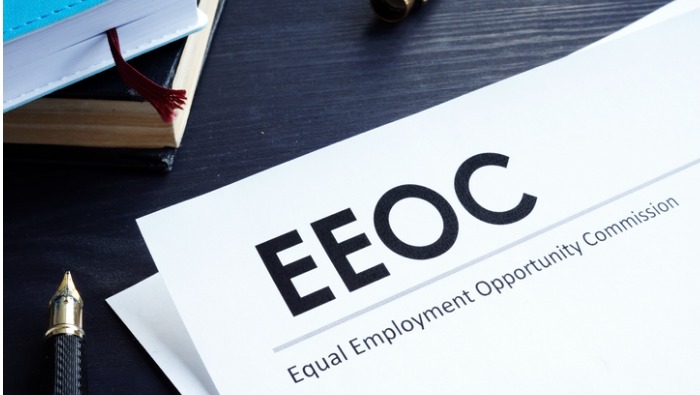On April 29th, 2024, the Equal Employment Opportunity Commission (EEOC) issued revised workplace guidance on harassment. In summary, “Enforcement Guidance on Harassment in the Workplace” explains the legal standards and employer liability applicable to harassment claims. Significantly, those legal standards are the federal employment discrimination laws enforced by the EEOC. Recently, in mid-April, the EEOC issued a final rule to implement the Pregnant Workers Fairness Act (PWFA). Overall, that final rule was guidance from the federal agency regarding how they would interpret the PWFA.
Overview of the Workplace Guidance Update
Markedly, since the EEOC last issued guidance on workplace harassment, notable changes in the law occurred. These changes include:
- the Supreme Court’s decision in Bostock v. Clayton County;
- forming a Select Task Force on Harassment in the Workplace and issuing a detailed report setting forth its findings and recommendations; and
- the emergence of new issues, such as online harassment.
Specifically, the new workplace guidance updates, consolidates, and replaces five guidance documents issued between 1987 and 1999. It serves as a unified agency resource on EEOC-enforced workplace harassment law. Additionally, it reflects the EEOC’s consideration of any public input received after a draft was posted for public comment in fall 2023.
The guidance also addresses how harassment occurs in the work environment, especially with the recent growth of virtual work environments and the increasing impact of digital technology and social media.
According to the EEOC, between fiscal years 2016 and 2023, more than a third of all discrimination charges included harassment. Also, since fiscal year 2018, harassment has been alleged in over half of federal sector equal employment opportunity complaints. Finally, among the 143 merits lawsuits the EEOC filed last year, approximately 35% included an allegation of harassment.
Employer Takeaways
In conclusion, employers should review the updated EEOC guidance for a refresher on harassment and discrimination prevention laws. The workplace guidance reflects the EEOC’s commitment to protecting particularly vulnerable persons. According to the agency, it also protects persons from underserved communities from employment discrimination. It includes over 70 examples illustrating unlawful harassment, including situations involving:
- older workers,
- immigrant workers, and
- survivors of gender-based violence.
Finally, it also illustrates how employees may be subjected to unlawful harassment by different individuals. This includes coworkers, supervisors, customers, contractors, and other third parties.

